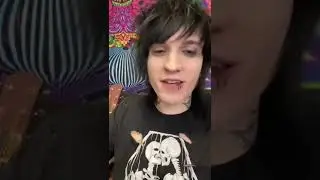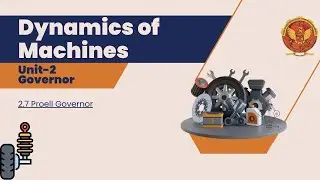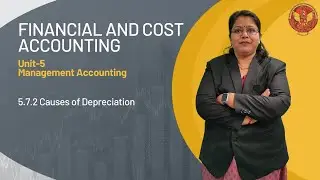1.6.2 Orbital Splitting | Chemistry -1|
UNIT 1 CHEMISTRY
1.6.2 Orbital Splitting
Welcome, fellow knowledge seekers, to Unit 1 of our captivating expedition into atomic and molecular structure! Prepare to embark on a thrilling voyage of discovery as we unravel the mysteries of the microscopic world. In this meticulously crafted unit, we'll venture beyond the boundaries of the visible universe to explore the intricate dance of electrons, the elegant symphony of chemical bonds, and the profound principles of quantum mechanics that govern the very fabric of reality. Whether you're an intrepid explorer thirsting for scientific insights or an avid learner eager to unlock the secrets of the cosmos, join us on this exhilarating journey as we journey deeper into the heart of matter!
1.1 Introduction to Quantum Mechanics:
Embark on a captivating exploration of quantum mechanics, tracing its origins from Planck and Einstein's pioneering works to Heisenberg and Schrödinger's groundbreaking discoveries. Delve into the fundamental principles that underpin this revolutionary theory, including wave-particle duality, uncertainty principle, and quantum superposition.
1.2 Quantum Mechanics and Chemical Bonding:
Navigate the intricate landscape of chemical bonding as we dissect the contrasting theories of Valence Bond Theory (VBT) and Molecular Orbital Theory (MOT). Unravel the enigmatic nature of chemical bonds and their role in shaping the properties of molecules through a detailed analysis of molecular orbitals and bonding interactions.
1.2 Magnetic Behavior & Diatomic Molecule Oxygen:
Peer into the magnetic realm of diatomic molecules as we unravel the magnetic properties of oxygen and their implications for chemical reactivity. Explore the fascinating interplay between electron spin and molecular structure, shedding light on the magnetic behavior of paramagnetic and diamagnetic species.
1.4 p – Molecular Orbitals of Butadiene:
Embark on a visual odyssey through the p-molecular orbitals of butadiene, uncovering the intricate patterns of electron delocalization and conjugation that define its aromatic character. Analyze the electronic structure of conjugated systems and their significance in organic chemistry and material science.
1.5 p – Molecular Orbitals of Benzene and Aromaticity:
Plunge into the aromatic abyss of benzene as we unravel the electronic structure of aromatic compounds and their unique stability conferred by delocalized π-electrons. Explore the concept of aromaticity through the lens of molecular orbital theory, elucidating the resonance stabilization and aromatic character of benzene and its derivatives.
1.6 Crystal Field Theory:
Immerse yourself in the elegant framework of Crystal Field Theory (CFT) as we delve into the electronic structure of transition metal complexes. Explore the geometric arrangement of ligands around a central metal ion and its profound implications for the splitting of d-orbitals and the magnetic properties of coordination compounds.
1.7 Crystal Field Stabilization Energy:
Traverse the energetic landscape of Crystal Field Stabilization Energy (CFSE) and its role in determining the stability and color of transition metal complexes. Investigate the factors influencing CFSE, including ligand field strength, oxidation state, and coordination geometry, and their significance in transition metal chemistry and catalysis.
1.8 Magnetism of Transition Metal Complexes:
Delve into the magnetic properties of transition metal complexes as we unravel the intricate interplay of spin states, orbital angular momentum, and ligand field effects. Explore the diverse manifestations of magnetism in octahedral and tetrahedral coordination geometries, shedding light on the paramagnetic, diamagnetic, and ferromagnetic behavior of transition metal ions.
1.9 Band Structure of Solids and the Role of Doping on Band Structure:
Embark on a cosmic journey through the band structure of solids as we unravel the electronic properties of semiconductors and the transformative effects of doping. Explore the formation of energy bands and bandgaps in crystalline materials, and investigate the role of dopants in modulating the conductivity, optical properties, and electronic structure of semiconducting materials.
Prepare to embark on a journey of scientific enlightenment! Hit the subscribe button and activate notifications to join us on this exhilarating quest for knowledge. Engage with our vibrant community by liking, sharing, and commenting on our videos to spark meaningful discussions and foster a culture of curiosity and discovery!
Join us as we voyage into the unseen realms of the microscopic universe, unraveling the mysteries of atomic and molecular structure one electron at a time!
#AtomicStructure #MolecularStructure #QuantumMechanics #ChemicalBonding #CrystalFieldTheory #Magnetism #Semiconductors #ScienceEducation #STEM #Chemistry #OnlineLearning #ScienceCommunity #EducationalVideos































